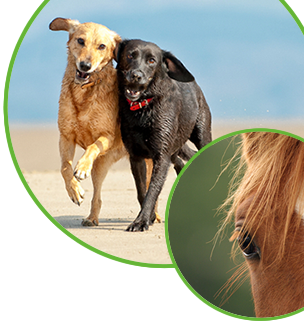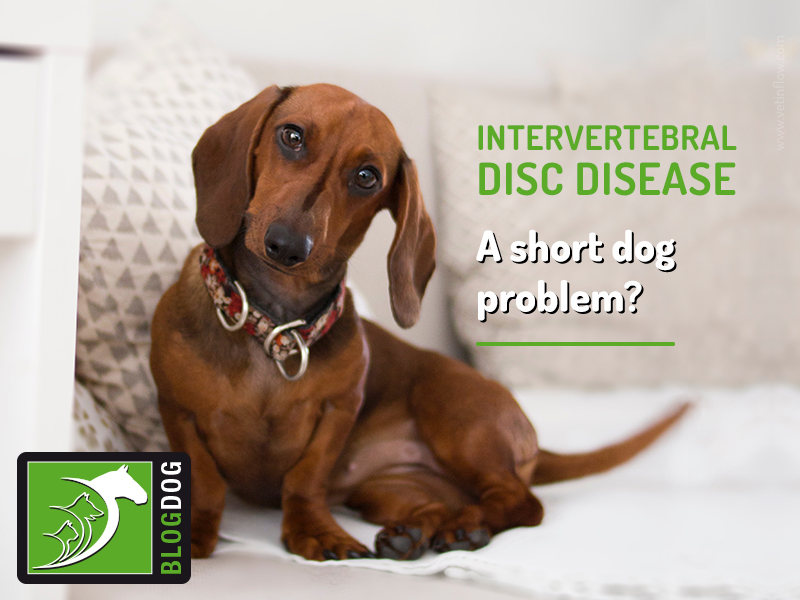
Intervertebral Disc Disease - A short dog problem?

Intervertebral discs are tiny, cushion-like structures located between the vertebrae that connect the the vertebrae bones to each other to form the vertebral column, also functioning as a shock absorber and allowing movement of the spine.
Sometimes, these discs can suffer alterations and become herniated which means they move from their natural place between the vertebrae into the spinal canal, causing compression on the spinal cord.
The spinal cord is a very important part of the central nervous system that receives sensory information from the limbs and internal organs and takes it to the brain for processing. The brain can then send a response back through the spinal cord as a functioning command, such as moving a leg, for example.
When there is sufficient compression in the spinal cord, this information pathway becomes interrupted, which will result in different clinical signs according to where it happens.
Signs can range from mild pain with your dogs keeping their head low and being reluctant to move or being sensitive when touched; to severe pain, with them displaying an arched back, crying when touched or while moving, trembling, having difficulty walking or even being unable to stand or move (partial or complete paralysis).
This condition can affect all dogs, and it is usually an age-related problem as it is caused by disc degeneration over time. However, chondrodystrophic breeds short dogs such as Dachsunds, Shih-Tzus, and Beagles, for example, are more at risk of developing intervertebral disc disease, and can even show signs as young adults. This is because chondrodystrophy, a trait that is characterised by shorter long bone length as a consequence of early changes in the structure of growing bones, is also associated with an abnormal process that causes premature degeneration of the intervertebral discs.
So, if you have a shortie and notice that he or she is having difficulty walking or showing signs of discomfort when moving around, don't hesitate to contact your regular vet.
Would you like to know more about dogs? Check our Canine Courses:
Canine courses
Published: 18 Mar 2019
Read the previous article: Preventing obesity in horses: weight monitoring

